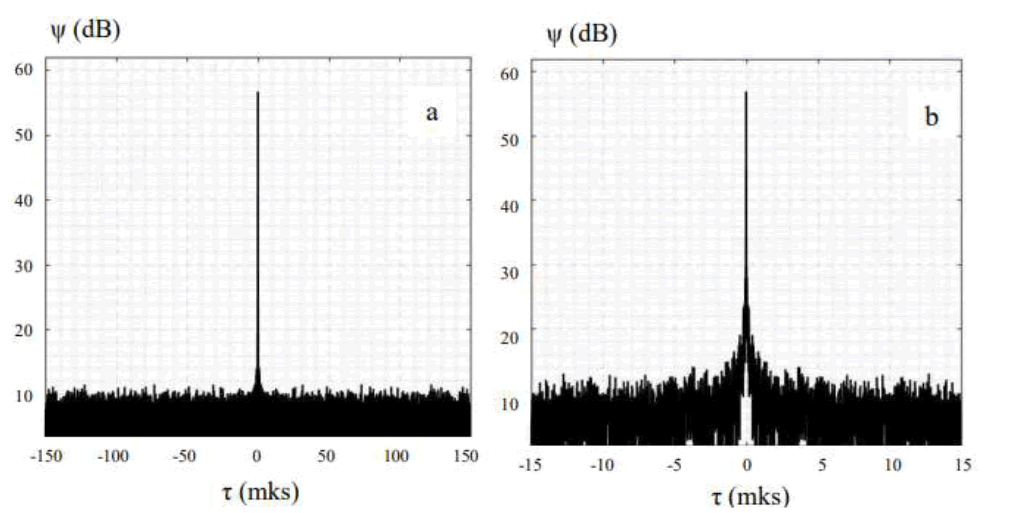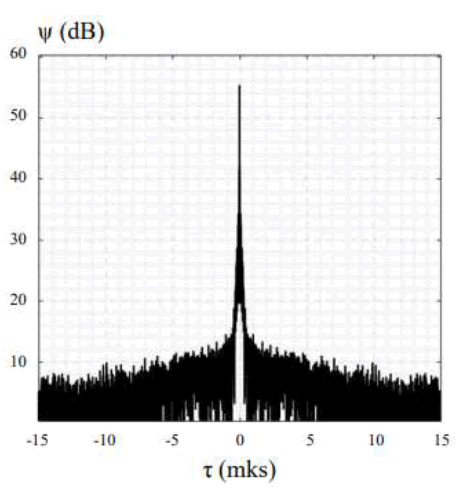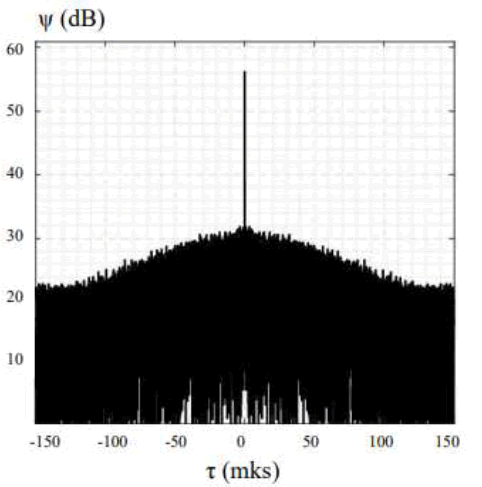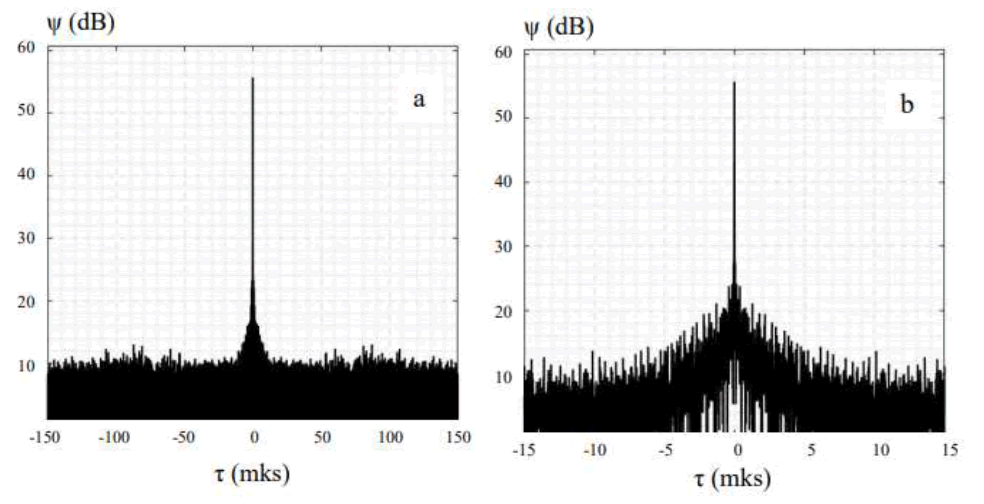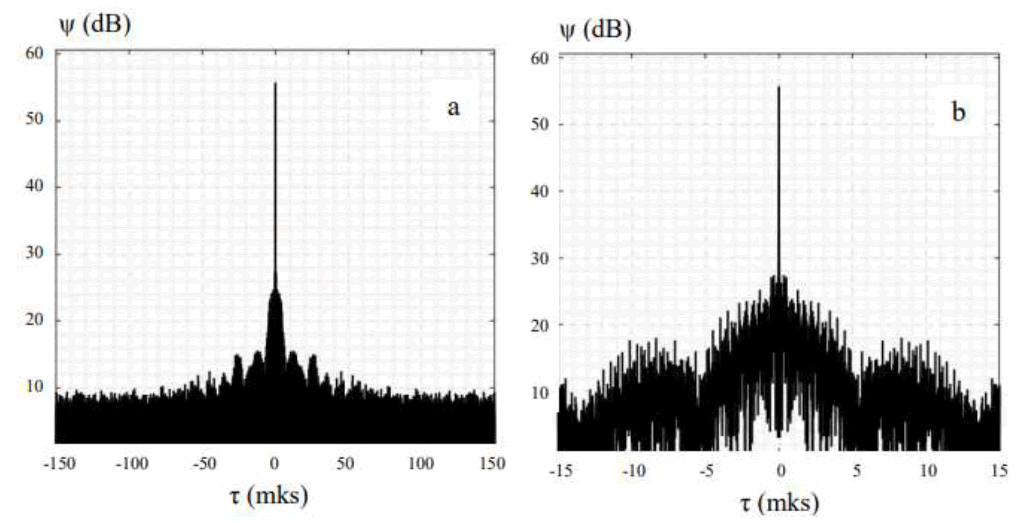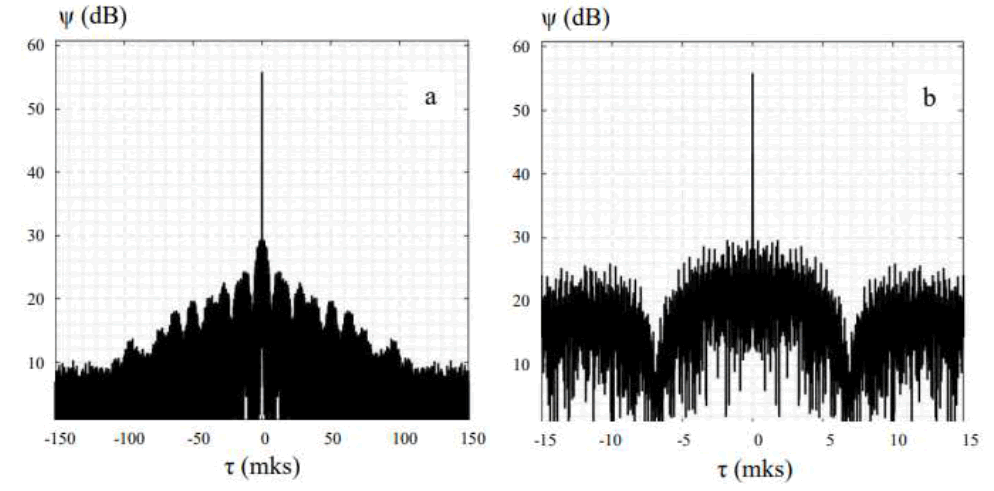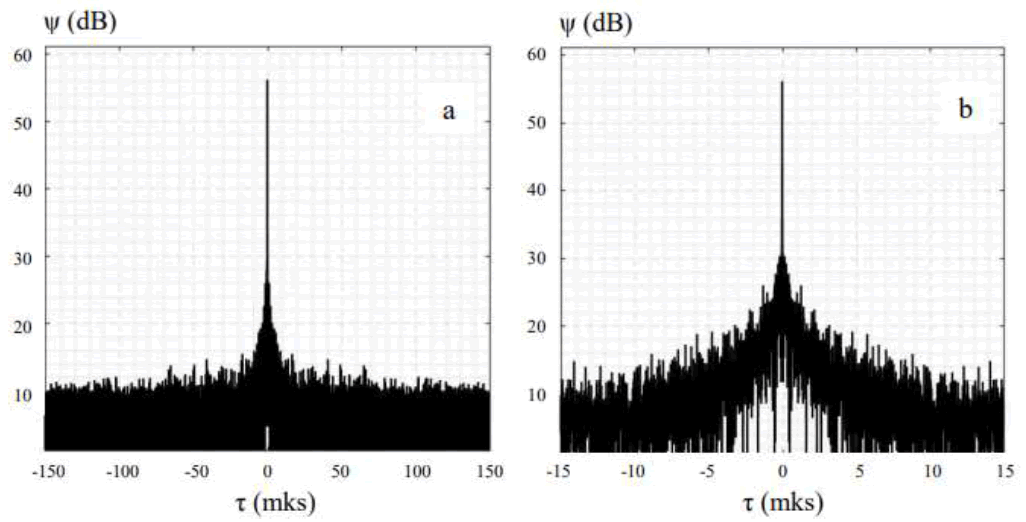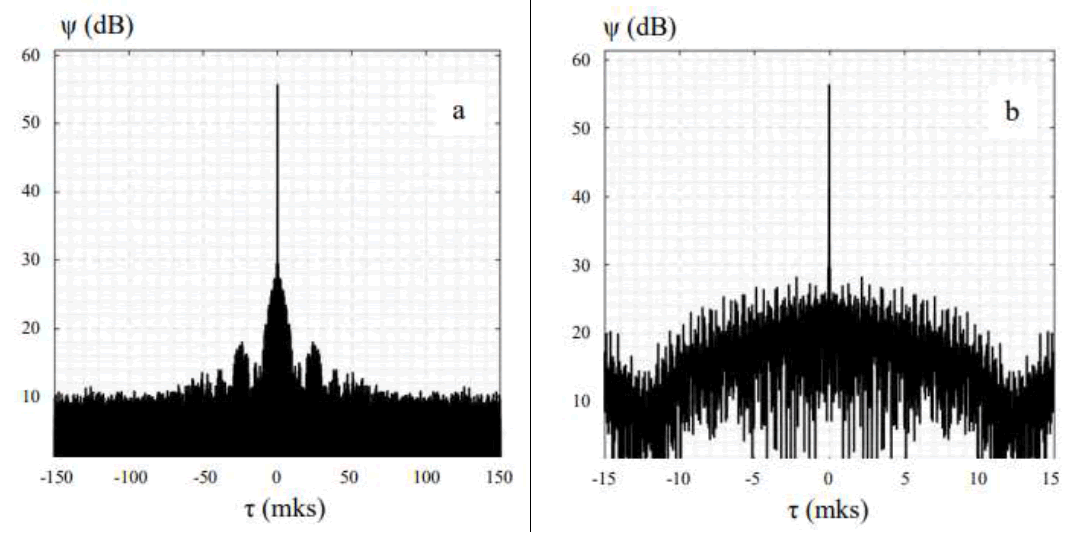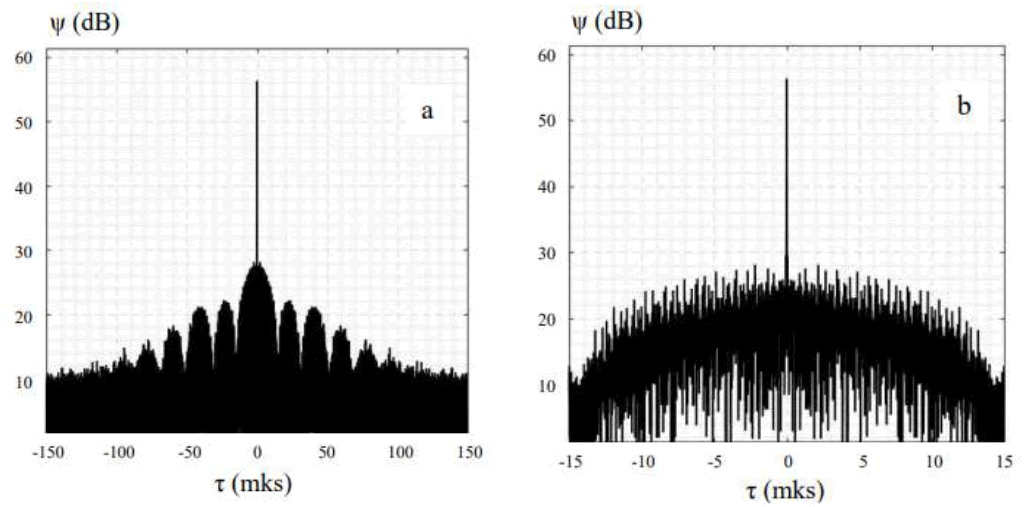Research
, Volume: 11( 5) DOI: 10.37532/2320-6756.2023.11(5).348The speed of propagation of background radiation
- *Correspondence:
- V.A. Tokarev All-Russia Scientific Research Institute “Gradient”, Rostov-on-Don 344000, Russia, E-mail: okarevvalerij@yandex.ru
Received date: 14-April-2023, Manuscript No. tspa-23-95982; Editor assigned: 17-April-2023, Pre-QC No. tspa-23-95982 (PQ); Reviewed: 28- April-2023, QC No. tspa-23-95982 (Q); Revised: 5-May-2023, Manuscript No. tspa-23-95982 (R); Published: 27-May-2023, DOI. 10.37532/2320-6756.2023.11(5).348
Citation: Tokarev V.A. The Speed of Propagation of Background Radiation. J. Phys. Astron.2023;11(5):348.
Abstract
We have experimentally found that the speed of propagation of the relict background radiation is 123 km/s. The obtained result is confirmed by the excessively large width of its autocorrelation function, which is possible only if the signal propagation speeds before and after reflection from the mirror of an offset parabolic pointed antenna differs by several orders of magnitude. In addition, the width of the autocorrelation function of the signal received from the blue shift of the background radiation spectrum and from the red shift differs by 2.4 times, which is possible only if the total speed of the Earth’s motion in the Galaxy is comparable to the speed of the propagation of relict radiation. The low speed of propagation of the relict radiation leads to a significant expansion of its correlation function due to refraction in the presence of clouds and other inhomogeneities in the atmosphere, which is absolutely absent when receiving satellite television broadcast signals under exactly the same conditions and is an indicator of the cosmological cause of the detected anomalies.
Keywords
Relict background radiation; Cosmological parameters; Large-scale structure of the Universe
Introduction
In work [1], the model of space with four equal orthogonal spatial dimensions is presented, in which the expansion of a closed threedimensional Universe in the direction of the fourth dimension is perceived by us as the passage of time. One of the consequences of this hypothesis is the prediction of a low propagation speed of electromagnetic waves with a large red shift, in particular, relict background radiation or Cosmic Microwave Background (CMB). The purpose of this work is to measure the propagation speed of CMB by analyzing the time characteristics of mutual correlation function of the received radiation at points spaced along the receiving direction [2].
Equipment and Experimental Conditions
The low expected value of the propagation speed not more than several hundred kilometers per second or several tens of centimeters per microsecond allows using the surface of a single parabolic offset antenna as spaced receiving points [1,3]. It should be noted that radio waves reflected from the antenna mirror move towards the irradiator at the usual speed of light c [1]. When using a parabolic antenna mirror as spaced reception points, the Autocorrelation Function (ACF) of the received signal is investigated. For the experiment, the frequency range of satellite television broadcasting 11.7 GHz-12.75 GHz was selected, in which the power of the background radiation is large enough and for which low-noise converters with a noise coefficient of about 0.2 dB were developed. The experimental setup consisted of a parabolic offset antenna with a diameter of 2.0 m with a width of the main lobe of the Antenna Directivity Pattern (ADP) of about 1°, a low-noise converter and a radio receiving device transferring the received signal to the frequency range of 50 MHz-550 MHz and amplifying it to the maximum allowable level of the input signal of a 16-bit ADC with a sampling frequency of 105 MHz. Next, the signal was recorded in a storage device, and the continuous recording time of the signal was 0.5 s with a duty cycle of 12. The angle of inclination of the focal axis of the antenna was 26°, which corresponds to the antenna depth in the receiving direction of 0.87 m. The ACF was calculated on a computer in MATLAB [4]. Taking into account the existing dipole anisotropy of the CMB, the experiments were carried out at two values of the orientation of the main beam of ADP: in the direction of the total movement of the solar system to the boundary of the constellations Leo and Chalice (blue shift of the CMB spectrum), as well as in the opposite direction (red shift). All experiments were conducted in mid-December, when the Earth has a maximum orbital speed along the specified direction towards the blue shift of the spectrum.
Results of the Experiment
Prior to the experiment, control measurements of the autocorrelation function ψ(τ) of the receiving equipment’s own noise in the screen were carried out in the complete absence of external signals. The ACF of the total signal in the specified range of all transponders of the television broadcasting satellite “EUTELSAT 36B” was also determined. When averaging the ACF over an ensemble of implementations calculated from 300 half-second samples of the signal, it takes the form shown in FIG. 1 for the own noise of the equipment and in FIG. 2 for the total satellite TV broadcast signal. FIG. 3 shows the ACF of a continuous half-second sample of CMB. This type of ACF CMB has almost always, regardless of the orientation of the antenna. In various experiments, the width of the ACF of a short sample of background radiation varied from 80 to 120 microseconds. During the experiments, a strong dependence of the shape of the ACF of CMB on meteorological conditions was established: the presence and density of clouds, fog, and even the state of the atmosphere in absolutely clear weather. For this reason, all the following forms of ACF of CMB were obtained by averaging approximately 300 implementations with a duration of 0.5 s each, during which the external conditions remained unchanged. FIG. 4 shows the ACF of CMB when the antenna is oriented towards the blue shift of CMB spectrum in clear weather. FIG. 5 and FIG. 6 illustrate, respectively the appearance of a high light clouds and cumulus clouds. As follows from the figures, the appearance of inhomogeneity in the atmosphere leads to a cardinal expansion of the ACF, which can be explain by the refraction of rays. With an increase in the thickness of the cloud layer, the probability of stronger refraction of CMB increases. Accordingly, the delay time increases and the probability of background radiation entering the ADP side lobes increases. Obviously, in order to determine the propagation speed of the received CMB, it is necessary to take into account the minimum width of the ACF with minimal disturbance of the atmosphere, which in this case is determined from FIG. 4 and is equal to 5 mks. The depth of the antenna in the receiving direction is 0.87 m, therefore, the speed of the received from the blue shift CMB is 174 kms-1. The ACF of satellite television signals (FIG. 2) was taken with continuous clouds and fog and has no signs of signal delay, although the signal was received with all other things being equal. Exactly the same type of ACF satellite signal has in perfectly clear weather, which indicates the cosmological reasons for the revealed differences. In FIG. 7-FIG. 9 the ACF of CMB is given when the antenna is oriented towards the red shift of the spectrum of the relict radiation (towards the constellation Aquarius), respectively, in clear weather, light and cumulus clouds. The nature of the change in the shape of the ACF when disturbances appear in the atmosphere is similar to the changes when receiving a signal from the opposite direction. However, the width of the main lobe of the ACF is about 2.4 times wider and is 12 mks.
Figure 2: ACF of the total signal of satellite television broadcasting in the range of 11.7 GHz-12.75 GHz with an averaging time of 150 s.
Consequently, the speed of CMB received from the red shift side of its spectrum is 72 kms-1. The difference in the Earth’s velocities relative to CMB, equal to 174-72=102 kms-1, consists of twice the orbital velocity of the Earth, equal to 2×30=60 kms-1, and its velocity relative to CMB in the Galaxy, which is, respectively, (102-60)/2=21 kms-1. Hence, the speed of CMB propagation in a stationary large-scale intergalactic coordinate system is 72+30+21=123 kms-1. The obtained figure of the propagation speed of CMB is 1.5 times greater than predicted in the work [1], however, given the cardinal difference between both figures and the speed of light c, we can consider this a good coincidence of the measured and predicted values. Returning to the one shown in FIG. 3 ACF of shortterm sampling of CMB signal, it should be noted that a significant contribution to its shape is made by the far side lobes of the antenna pattern. Correlatively, these signals are not related to each other, so when averaging their contribution tends to zero. The maximum spatial delay of the signals received by the far side lobes is equal to the diameter of the mirror - 2.0m. This means that with a minimum ACF width of a short sample of CMB equal to 80 mks, the relict radiation contains components propagating at a speed of no more than 25 kms-1. The low propagation speed corresponds to older radiation with a larger red shift. For a more accurate determination of the speed of CMB propagation, it is necessary to conduct extra-atmospheric measurements.
Conclusion
The experiments carried out have fully confirmed that the propagation speed of the background radiation is radically different from the propagation speed of light in a vacuum c and can be estimated at 123 kms-1. The result obtained is confirmed by the following facts: the width of the autocorrelation function of the broadband (about 50 MHz) noise signal of the background radiation received by one parabolic antenna reaches values of the order of 12 mks even in the absence of refraction in the atmosphere, which is possible only if the speed of propagation of radio waves to the antenna and after reflection from the mirror differs by several orders of magnitude; the width of the autocorrelation function of the background radiation received from the red (12 mks) and blue (5 mks) shifts of its spectrum differs by about two times, which is possible only if the propagation speed of CMB and the speed of the total motion of the Earth in the Galaxy are comparable; the low speed of CMB propagation dramatically increases the influence of refraction in the atmosphere on the shape of its correlation function when receiving at spaced points, which is completely absent when receiving satellite television signals under the same conditions. The low speed of CMB propagation, in turn, confirms the validity of the hypothesis put forward by about the four-dimensionality of our space. The experimentally obtained value of the propagation speed of CMB necessitates the correction of some values estimated theoretically in the work [1], in particular, the radius of the Universe can be estimated at 1.7 Gpc, if the Hubble constant H=72 kms-1Mpc-1, and the rate of expansion of the Universe is 123,000 kms-1.
REFERENCES
- Tokarev V.A. Four-Dimensional Model of Space. J. Phys. Astron. 2023;11(5):349.
- Gonorovskii IS. Radio engineering circuits and signals. Mosc. Izd. Sov. Radio. 1971.
[Google Scholar] [Crossref]
- Aizenberg G.Z., Iampolskii V.G.,Tereshin O.N. VHF antennas. Mosc. Izd. Sviaz. 1977.
- Anufriev I.E., Smirnov A.B., Smirnova E.N. MATLAB 7. St.Peterburg. Izd. BKhV- Peterburg. 2005.
